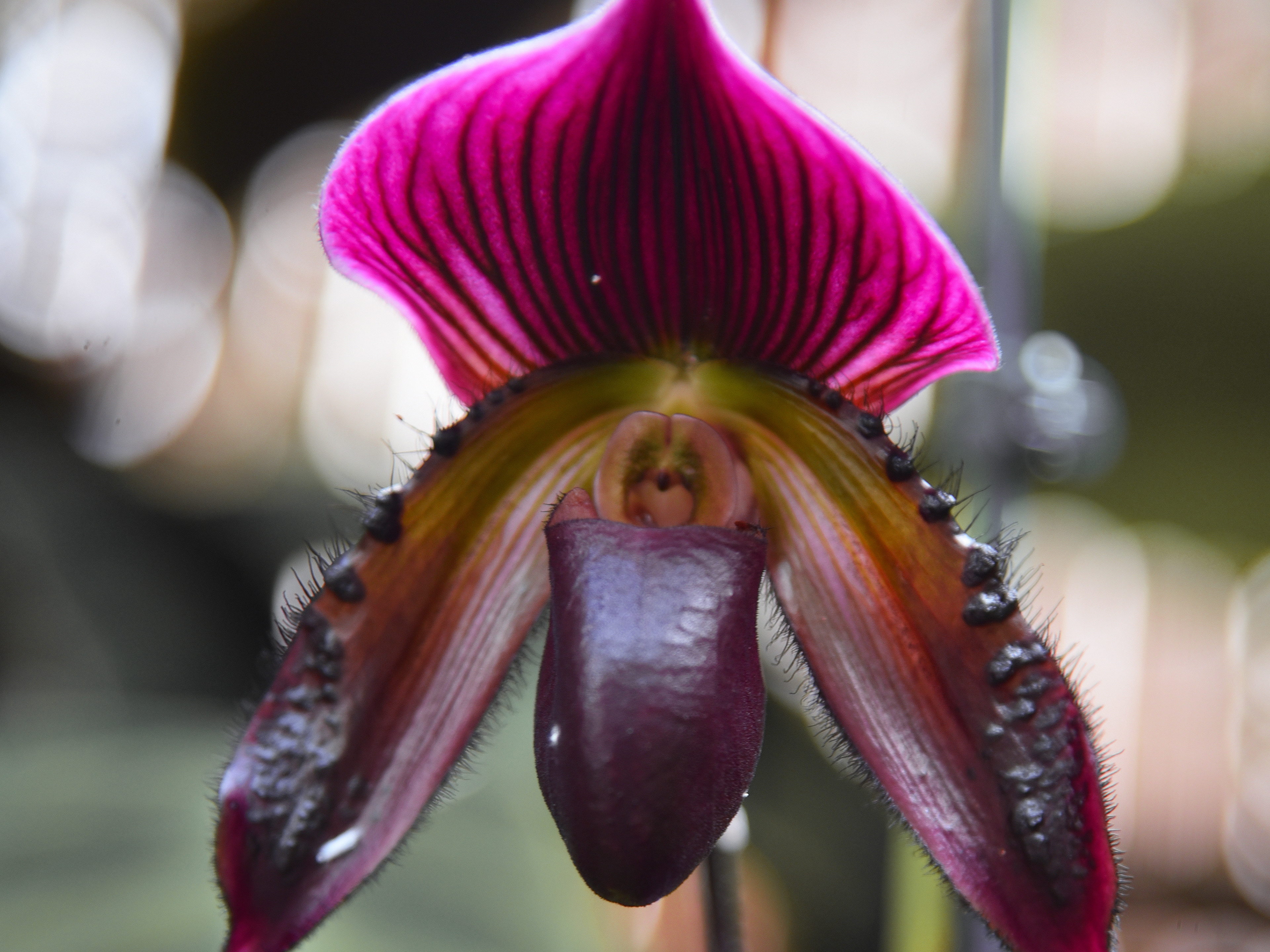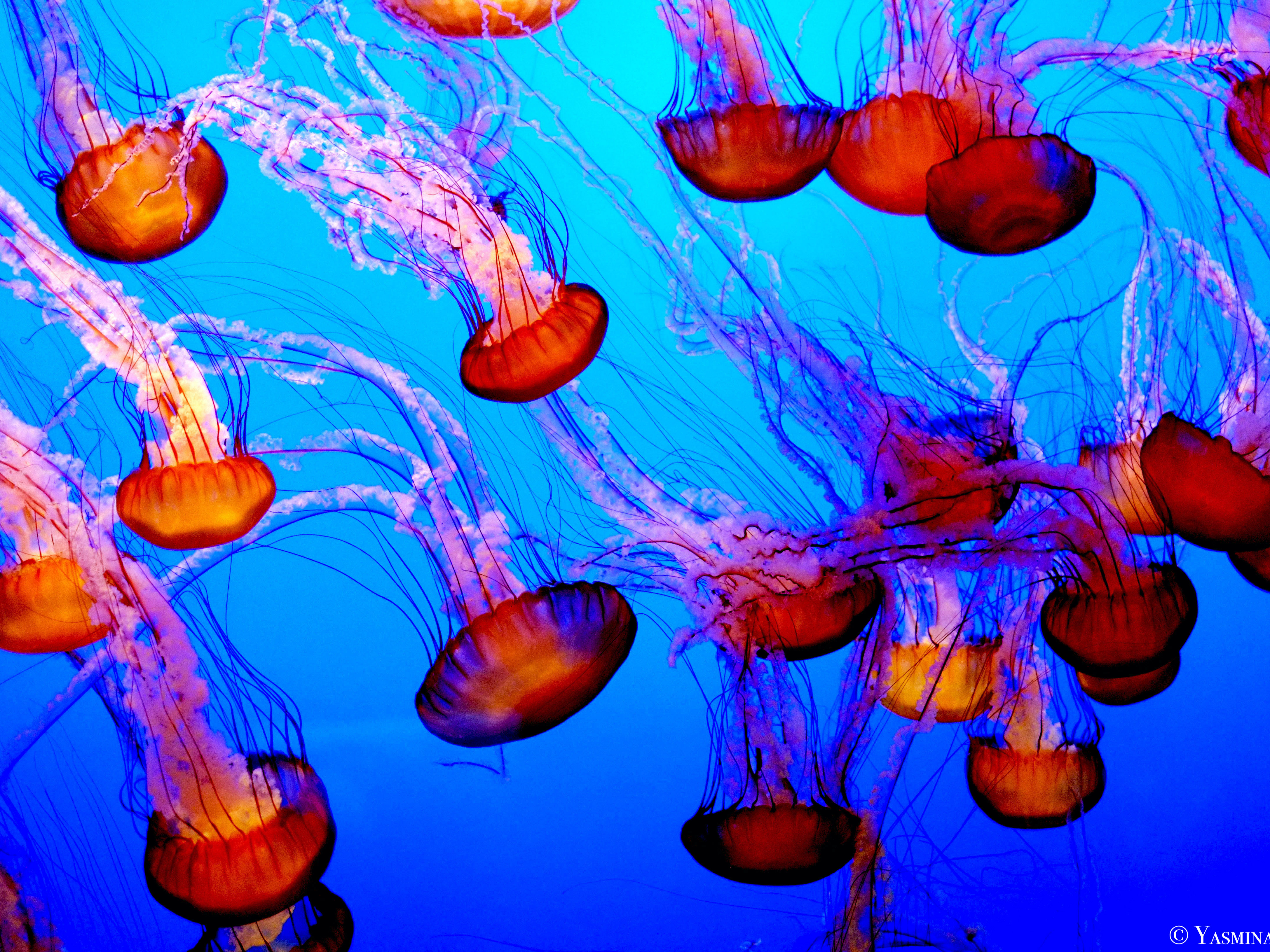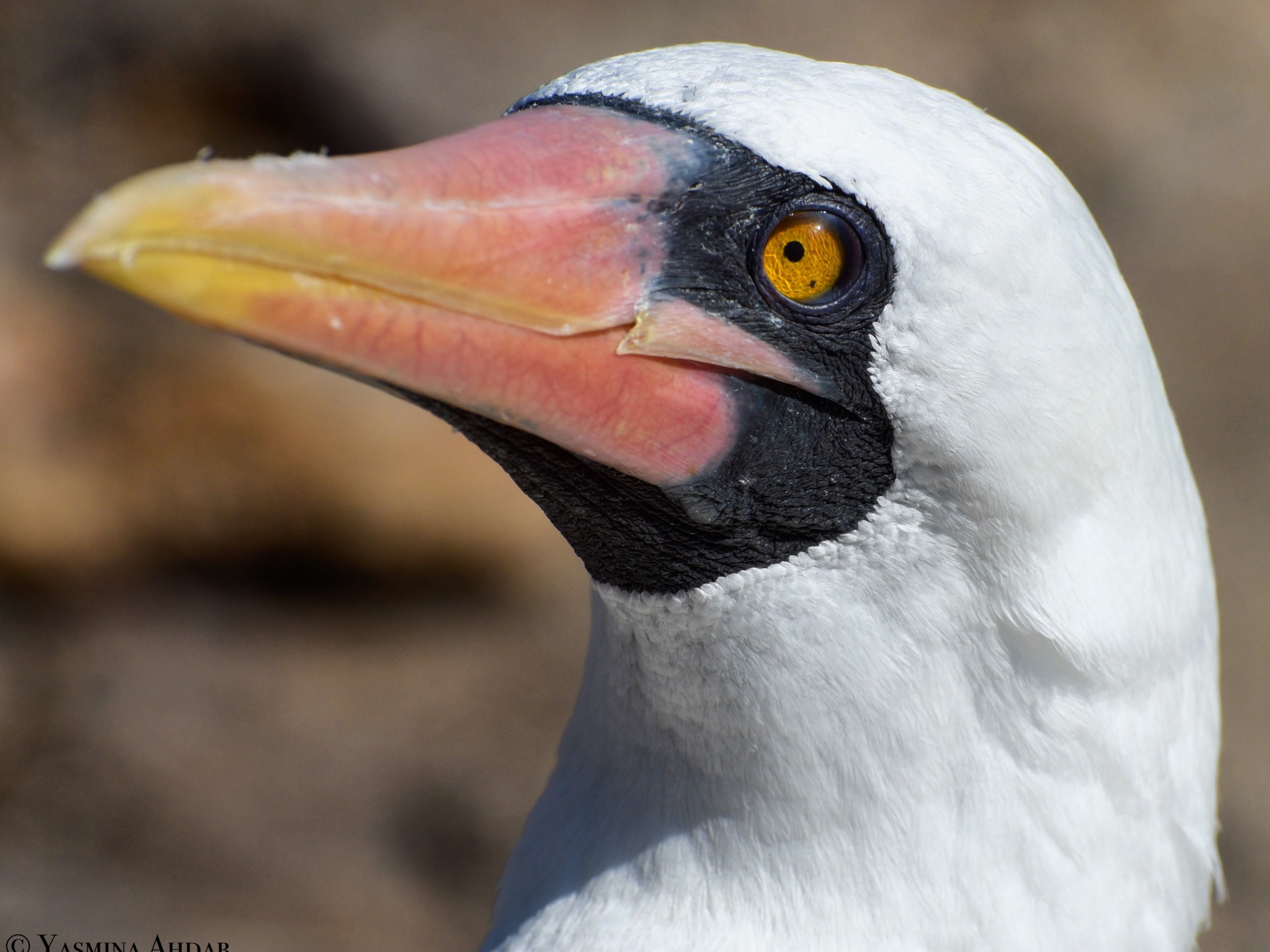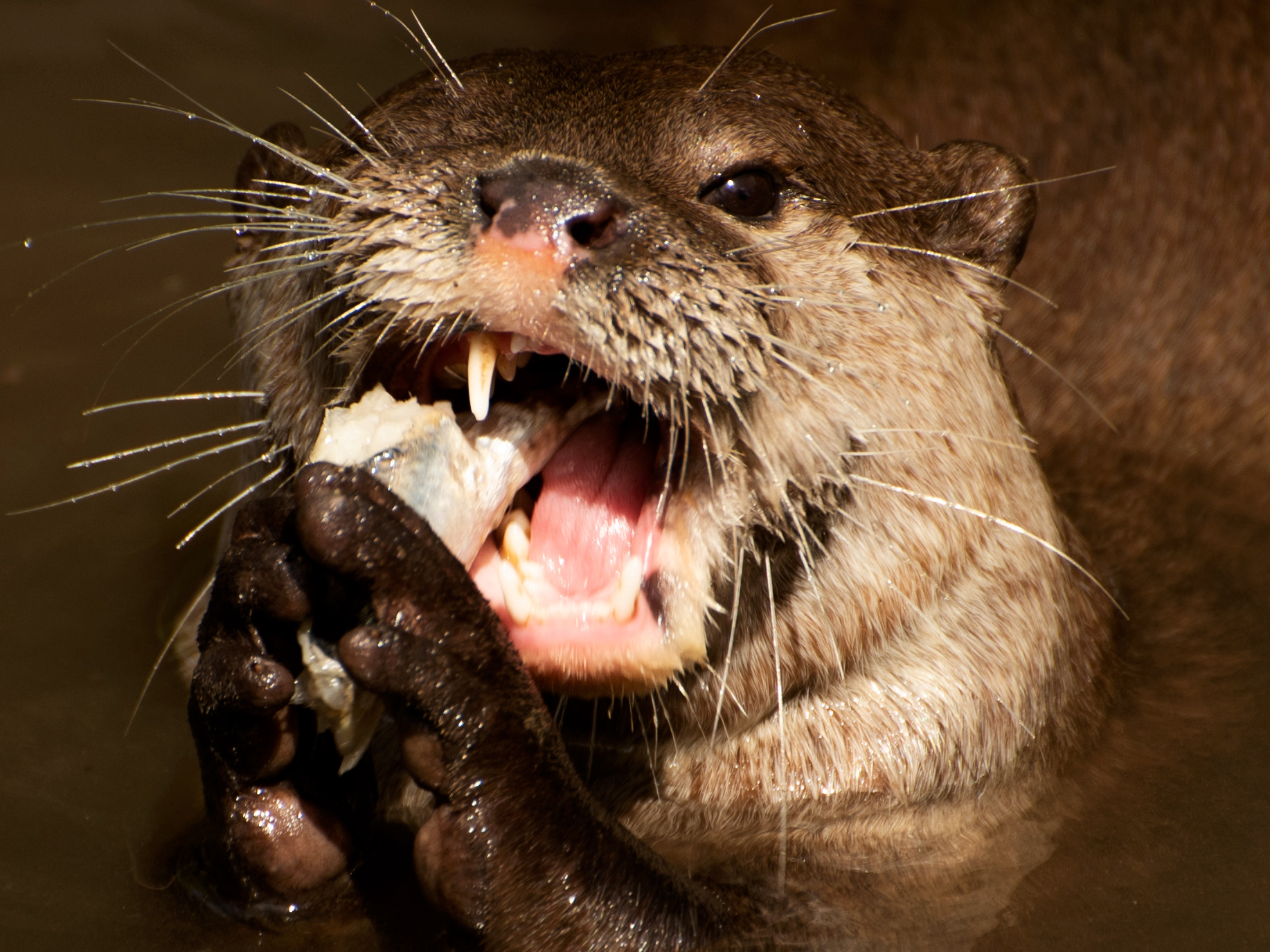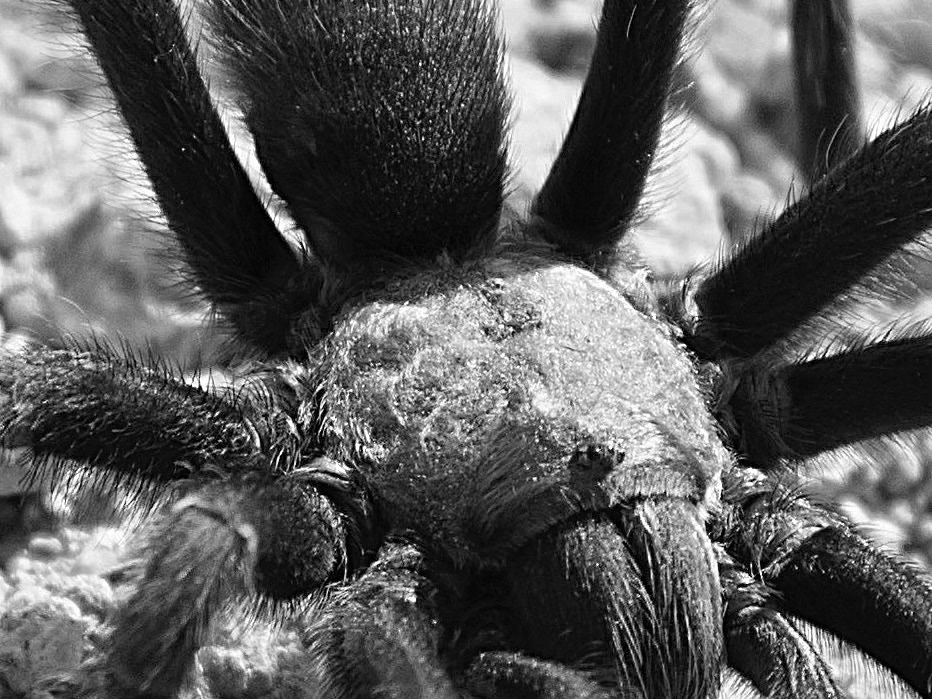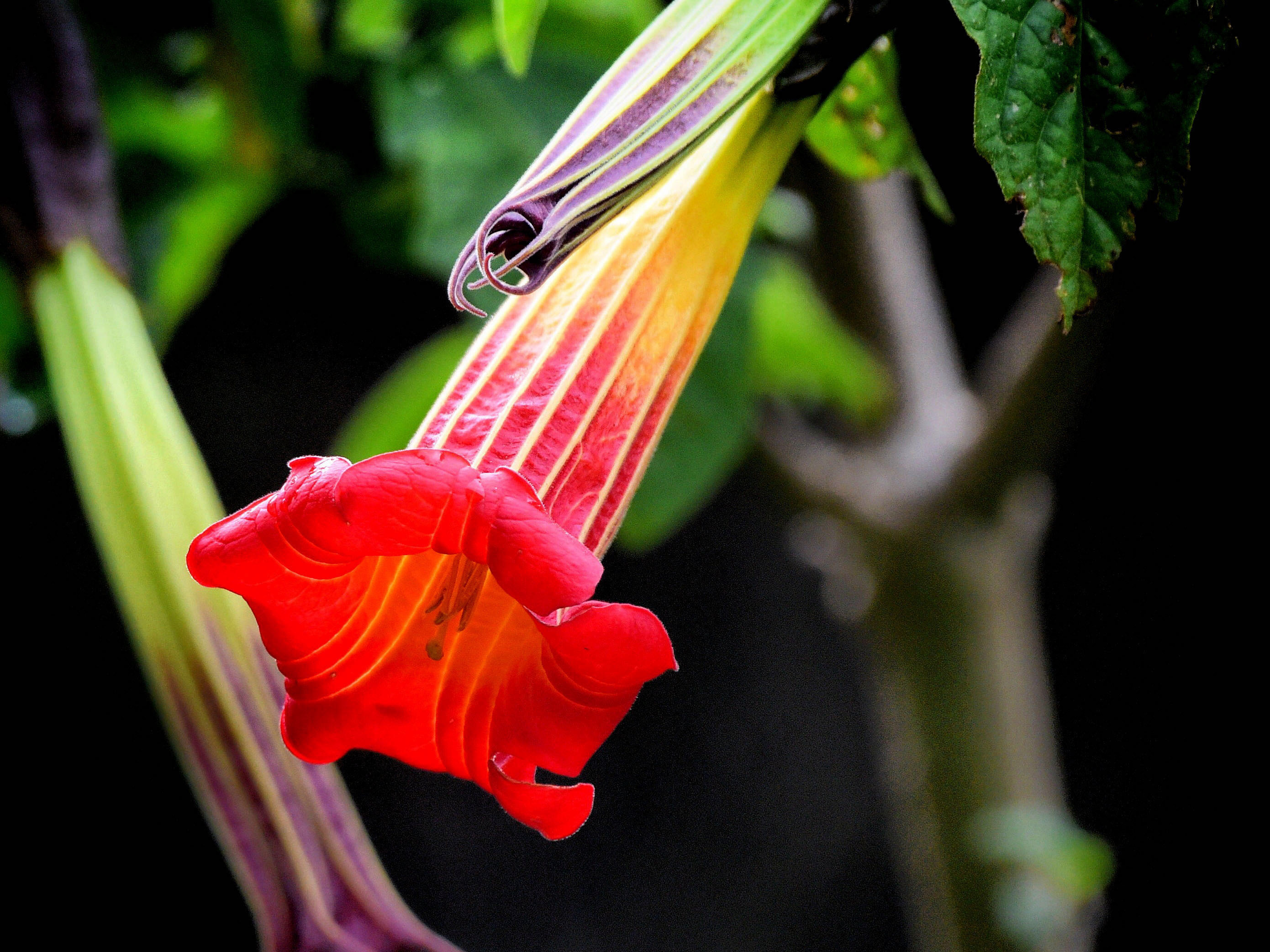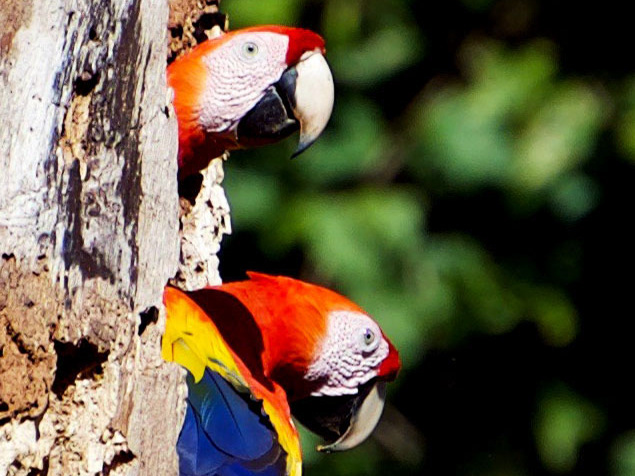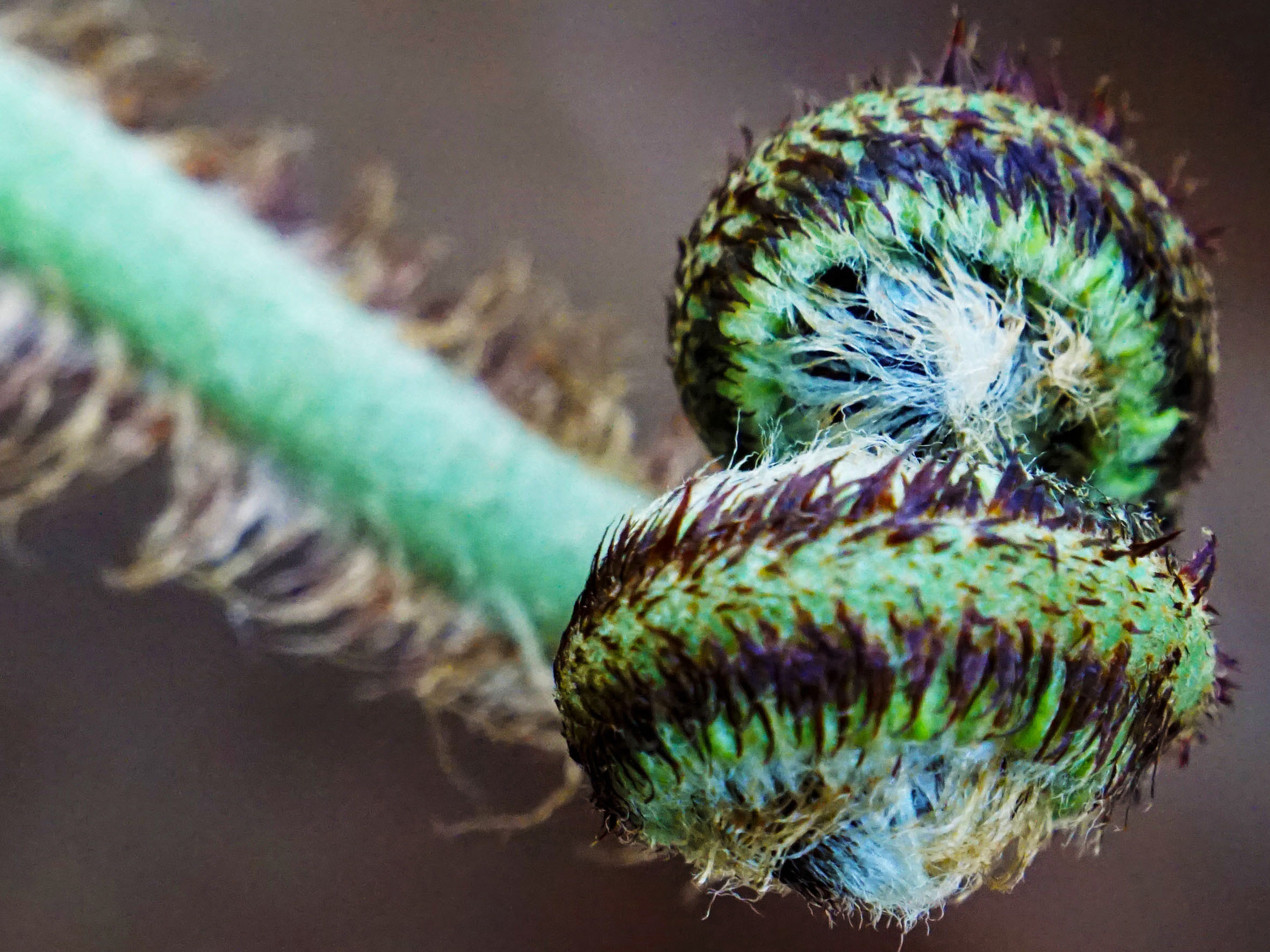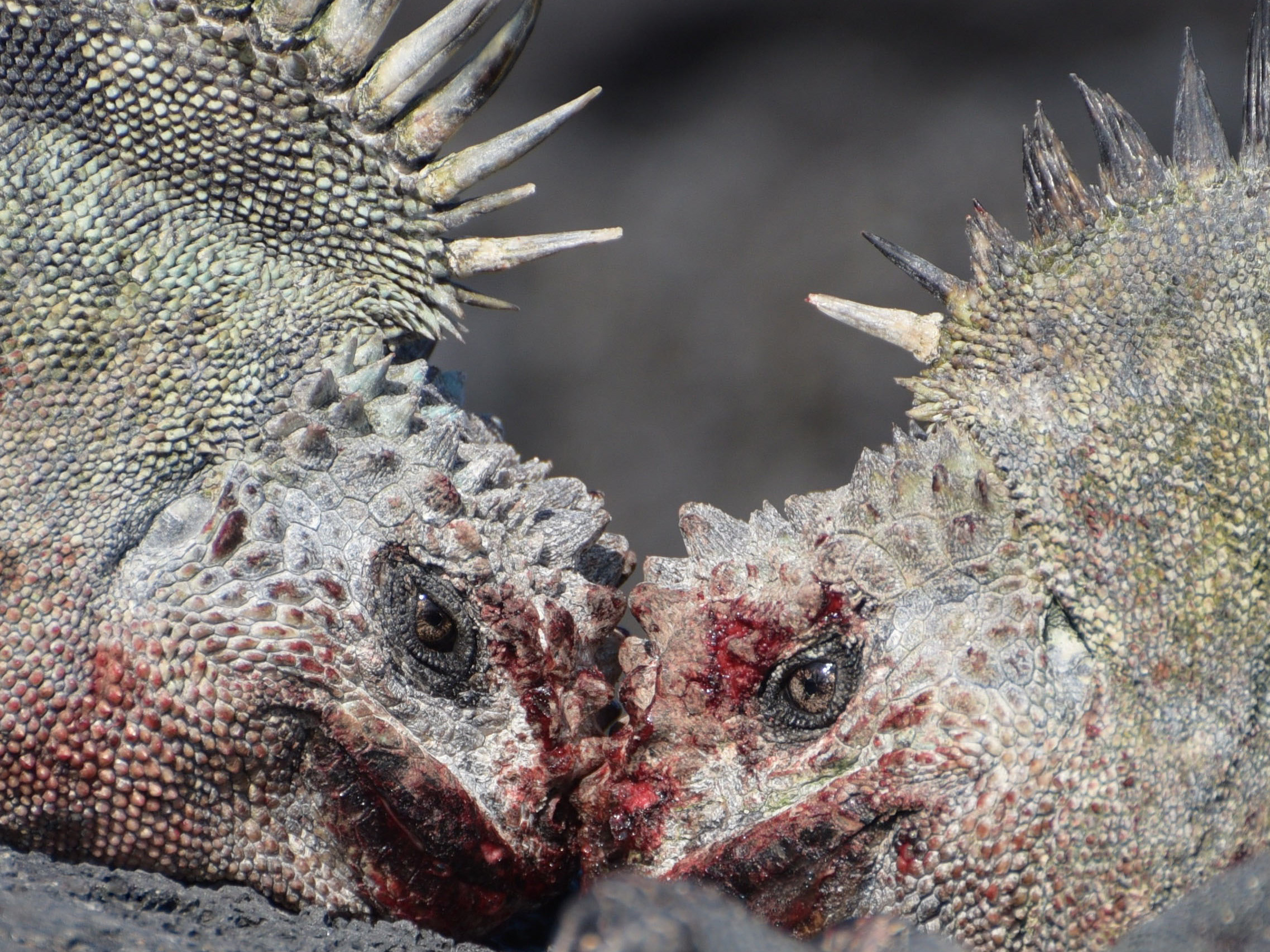Common Name: greater flamingo
Scientific Name: Phoenicopterus roseus
Animal Facts
Greater flamingos (Phoenicopterus roseus) are widely distributed, inhabiting parts of Africa, the Middle East, the Indian subcontinent, and southern Europe. They are the largest species of flamingos and may grow to be 60 inches (152 cm) in height and 8.8 pounds (4 kg) in weight. Their lifespan may reach up to 40 years in the wild and 60 in captivity. These birds are found in mudflats and shallow coastal lagoons, where they feed and breed in groups called flocks or colonies. By forming colonies, individuals are better protected from predators while their heads are down during feeding. Greater flamingos are omnivores who prey on a variety of small organisms, including shrimp, tiny fish, fly larvae, blue-green algae, and mollusks. They use their webbed feet to stir up the mud and their bent bills to suck up water and to filter the prey for consumption. The flamingo’s pink color comes from the carotenoid pigments of the shrimp-like crustaceans they eat. During the breeding season, greater flamingos are able to further intensify their coloration by spreading secretions from the uropygial gland (an exocrine gland located above the tail of birds) over their plumage. After mating, partners take turns incubating their only egg. The chick is born gray and white and does not turn pink for two years. During the years where water sources are dry and food is scarce, the flamingos may choose not to breed.
Interaction with Humans
Although greater flamingos are not at risk of extinction, they do face serious threats. These include human-induced habitat loss and the pollution of water sources by bacteria, toxins, and waste that are largely generated by factories.
Sources
• Amat, J.A., Rendón, M.A., Garrido-Fernández, J., Garrido, A., Rendón-Martos, M., & Pérez-Gálvez, A. (2011). Greater flamingos Phoenicopterus roseus use uropygial secretions as make-up. Behavioral Ecology and Sociobiology, 65(4), 665–673. https:/doi.org/10.1007/s00265-010-1068-z
• Feduccia, A. (1999). The Origin and Evolution of Birds. New Haven and London: Yale University Press, 196p. Retrieved from https://books.google.com/books?id=8QRKV7eSqmIC&printsec=frontcover&source=gbs_ge_summary_r&cad=0#v=onepage&q&f=false
• Greater flamingo. Retrieved from https://www.marwell.org.uk/animal/greater-flamingo/
• Greater Flamingo | National Geographic. Retrieved from https://www.nationalgeographic.com/animals/birds/facts/greater-flamingo
• Greater Flamingo - Facts, Diet & Habitat Information. Retrieved from https://animalcorner.org/animals/greater-flamingo/

